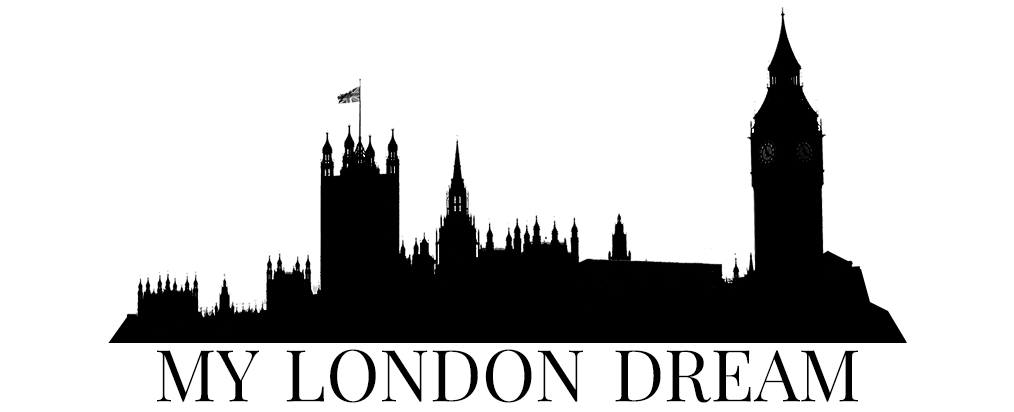The much beloved musical, Blood Brothers, has departed from the Phoenix Theatre at Charing Cross Road and in its place comes a more than worthy replacement called Once. As I sit here at my desk, I am surrounded by Once memorabilia. I now shamelessly own the soundtrack, the musical program, the script book, and the DVD that the musical was based on. You could say that I enjoyed the show.
Set in Dublin, Ireland, Once follows the story of an Irish busker and a Czech mother who connect through a universal language: music. The Phoenix Theatre is quaint, offering a homey welcome to its patrons. This charming homeliness is only amplified further by the atmospheric setting of Once. Before the show starts, you are able to go up on stage and grab a drink at the same bar that the actors frequent during the musical! Unfortunately, the onstage bar is only offered to those seated in the stalls, so be mindful of this when booking tickets.
Perhaps what is most impressive about Once is its utilization of the stage. The stage setup is stationary with the exception of swapping props and one major scene change. Rather than relying on gimmicks, the audience is afforded the opportunity to use their imagination to let the story speak and breathe for itself. Members of the crowd are exposed to the actors from the musical as soon as they enter the theatre. Whilst members of the audience linger on stage and watch from the sidelines, the actors sing and dance, giving us a taste of what’s to come.
There is no clear indication of when the musical starts. Eventually, everyone realizes that the stage has cleared except for one lone man singing under subdued lights. He coos, “Let go of my hand; you said what you have to, now leave, leave…,” and we’re absorbed.
Once employs a heavily talented cast, consisting of men and women who meet the trifecta for singing, dancing, and playing a musical instrument. On top of all that, they manage to pull off convincing accents and performances as well! The music is provided by the actors themselves and where the orchestra normally resides out of view, this orchestra commands our undivided attention and respect. Once is unique in its rawness and accompanying ability to tug on our heartstrings. What at first seems like a straightforward love story quickly mangles into a longing deeply rooted in thoughts instead of actions.
Contemporary dancing complements the fragile nature of the plot and lends itself to the folksy vocals and instrumentals. As the tragically beautiful relationship of the two main characters evolves and fluctuates, Once injects just the right amount of humor to keep matters light. The attention to detail is impeccable. Surtitles stream across the top of the stage to accurately depict when someone is speaking in Czech or to translate Czech into English when appropriate. To represent overlooking the city of Dublin, the stage melts into shadowy black except for a speckling of small blue lights, or “houses.” Even this simply devised scene evokes a large impact.
As Once arrives at its pivotal end, the obvious “happy ending” solution is not reached, but it makes the musical all the more genuine and true to life. Theatregoers well up and squeeze hands. It is difficult to not be moved, as it is clear that the cast is too. Melancholia settles over the audience like a haze, but it is a mutually accepted sadness. Emotionally battering, Once is an assault you’ll want to inflict upon yourself again and again.
To view ticket prices, song samples, and additional information on Once, click here.
In addition to running this blog, I also am a staff writer for my university’s weekly newsletter, The Gazelle, which is normally published online. I am very pleased to announce that today marks the distribution of The Gazelle’s first print edition, in which my Once article is featured.
 |
| The Gazelle against the picturesque backdrop I get to call my university |




























